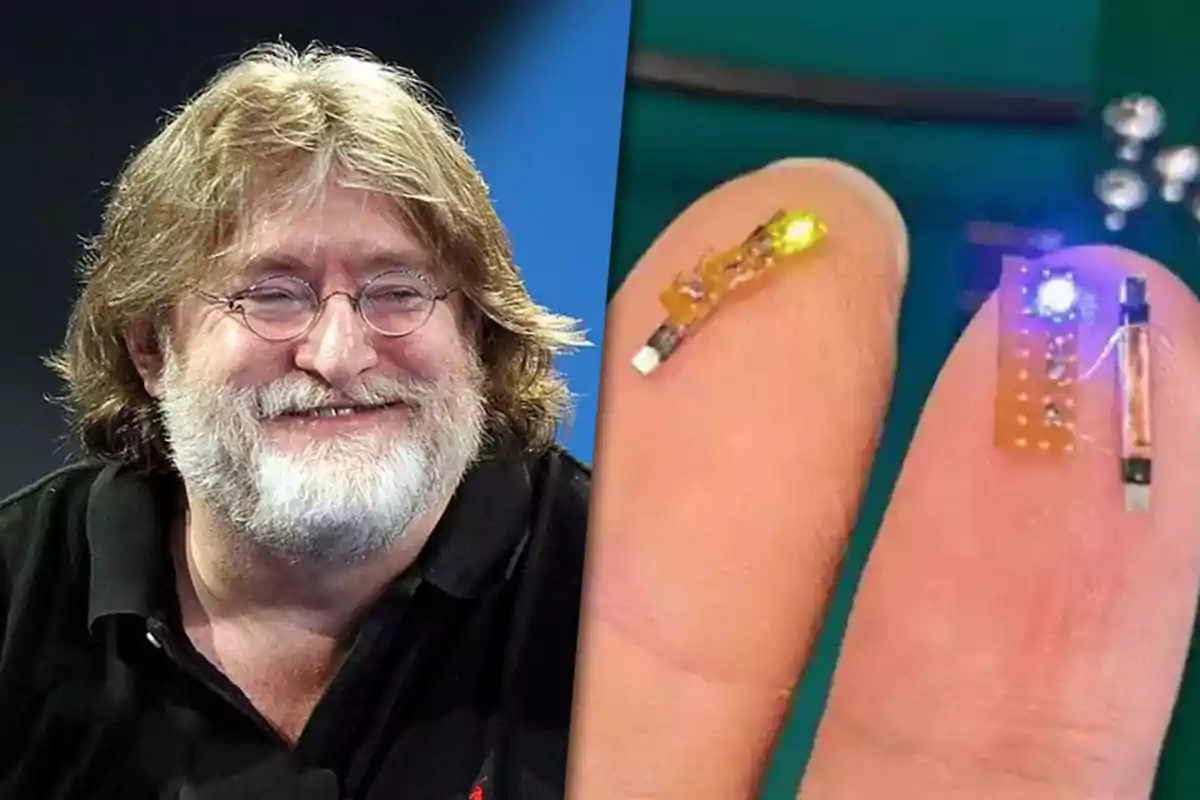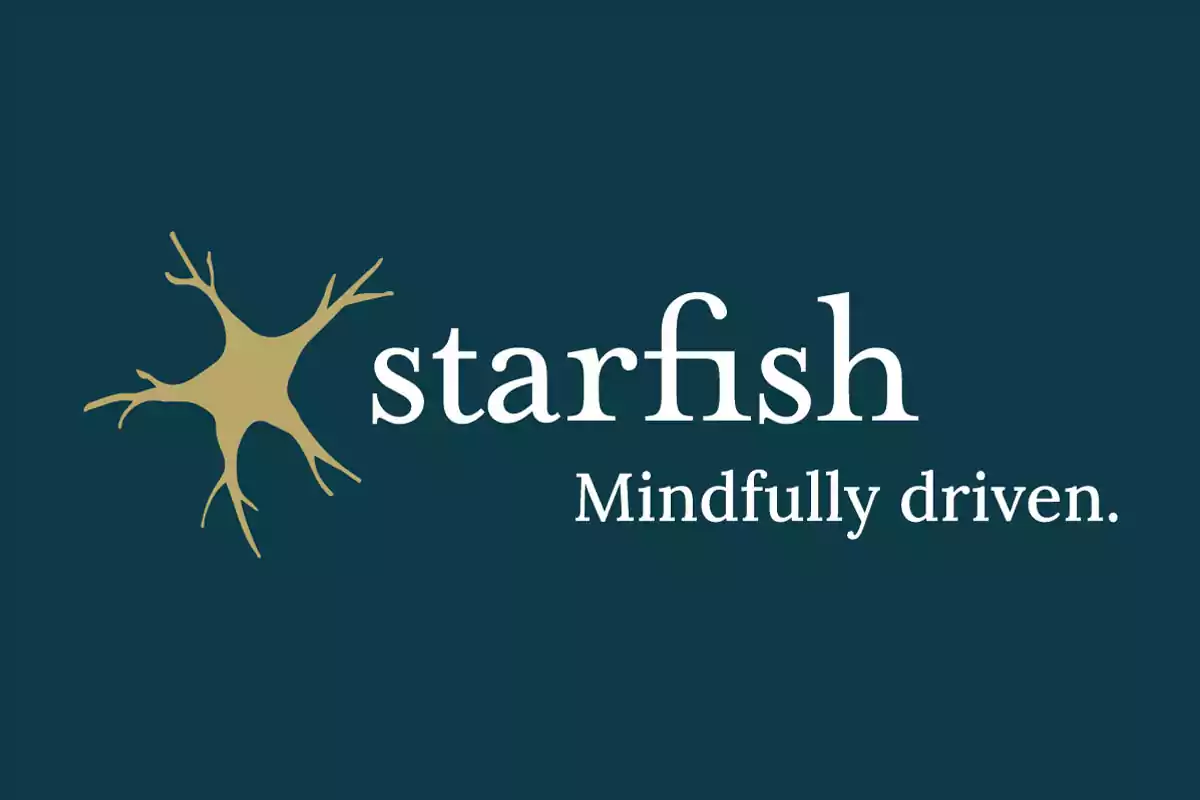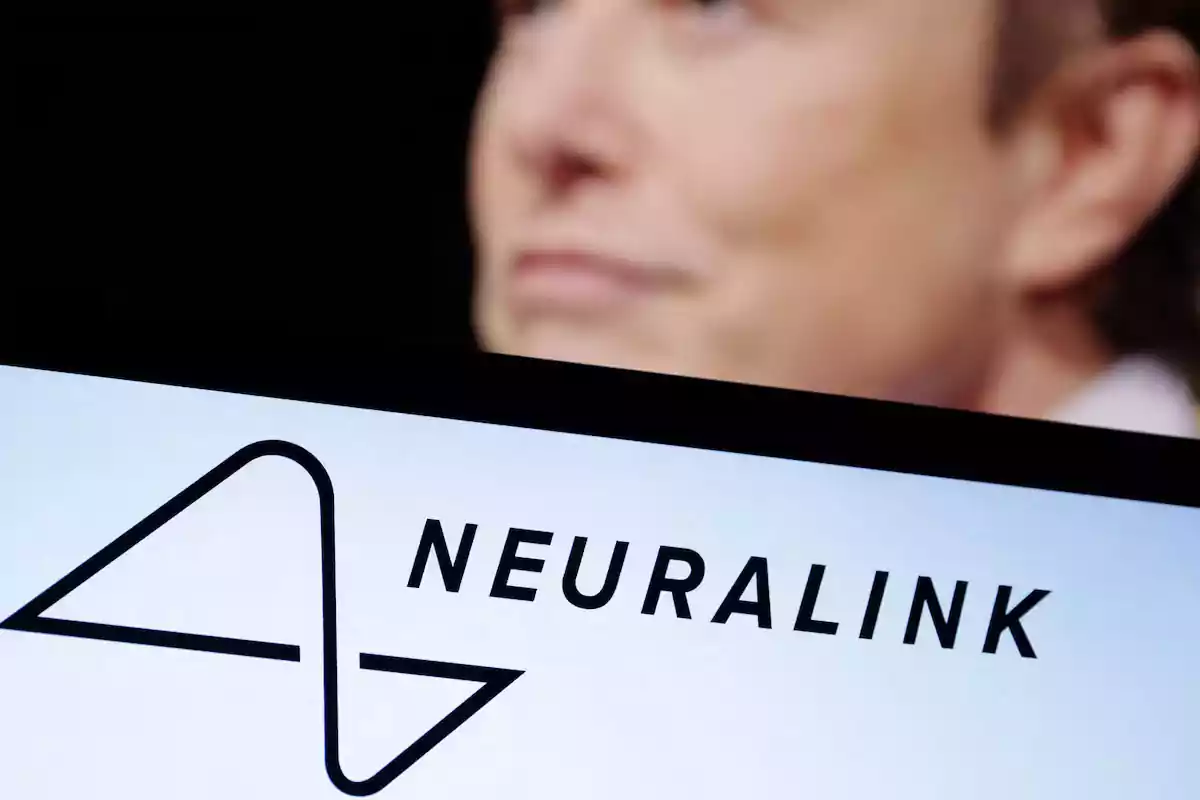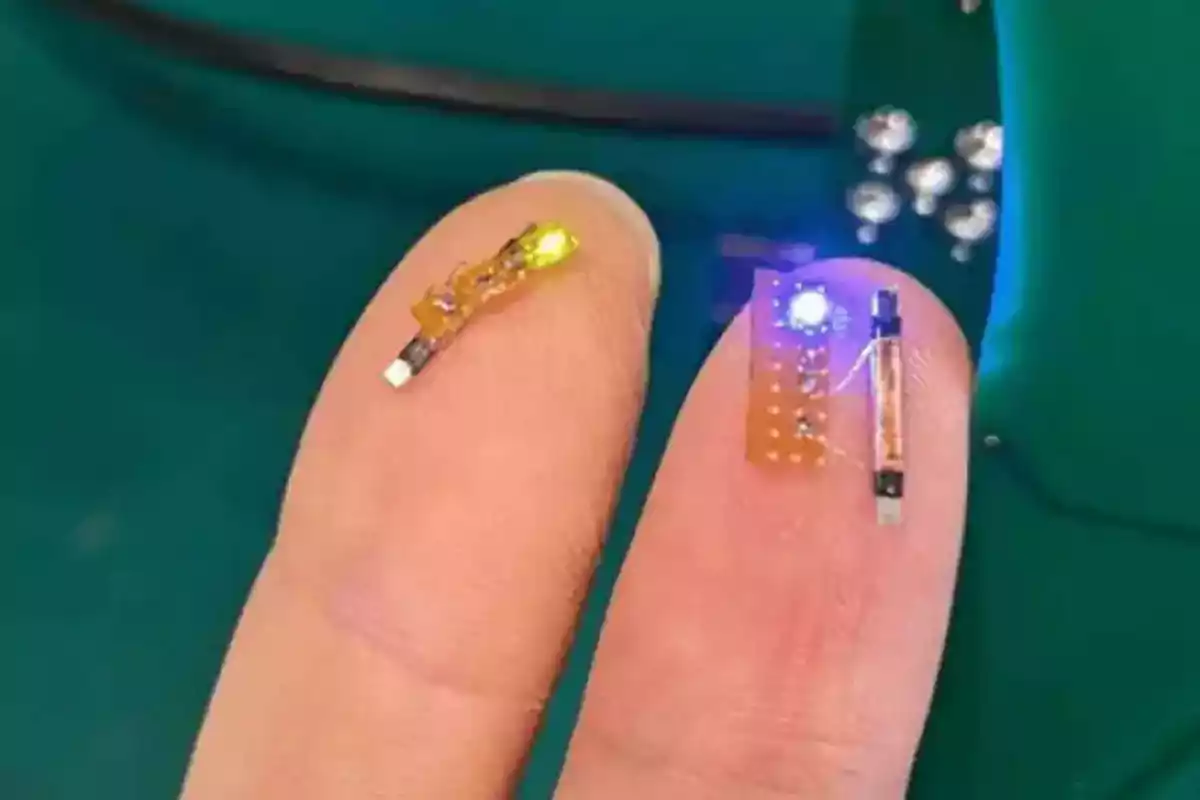
Gabe Newell, CEO of Valve, launches a brain chip for 2025 and challenges Neuralink
Valve's CEO surprises with a brain chip that doesn't require a battery and targets disorders such as depression
Valve's CEO has presented a revolutionary project that goes beyond gaming and aims to impact health.
His company, Starfish Neuroscience, plans to launch a brain chip in 2025. It will be smaller, less invasive, and battery-free.

What is Gabe Newell's chip about?
While Elon Musk is testing his Neuralink chip in humans, Gabe Newell is moving forward with an alternative that is surprising.
Starfish Neuroscience, founded in 2019, has developed a chip measuring only 2x4 mm designed to access multiple regions of the brain simultaneously.
The innovation lies in its approach: it doesn't require invasive surgery and consumes only 1.1 mW, so it also doesn't need a battery.

No wires or batteries: wireless power and minimal intervention
Newell's idea is to achieve a device that works without the need for recharging, through remotely transmitted energy.
They are seeking strategic partners to collaborate in creating that external transmitter, as is the case with other medical devices.

This approach could reduce surgical risks and facilitate the adoption of the chip by patients.
What sets it apart from Neuralink?
- Size: 2x4 mm (Starfish) vs 19x2 mm (Neuralink)
- Power: wireless without battery vs rechargeable battery
- Implantation: minimally invasive vs surgery with specialized robot
- Brain access: multiple regions vs specific areas
The chip also targets mental health
Although the initial plan was to allow playing on Steam using only thought, the project has gone much further. The chip is designed to treat neurological and psychiatric disorders such as Parkinson's, depression, or bipolar disorder.

It does so through transcranial magnetic stimulation, a non-invasive approach with therapeutic potential.
When will Starfish's chip be available?
The company estimates that the first model will be ready by the end of 2025. At this stage, they are seeking collaborators who can provide technical solutions and explore new uses for the chip.
The project marks an important leap for Valve's founder, who is now focusing on health and neuroscience.
More posts: